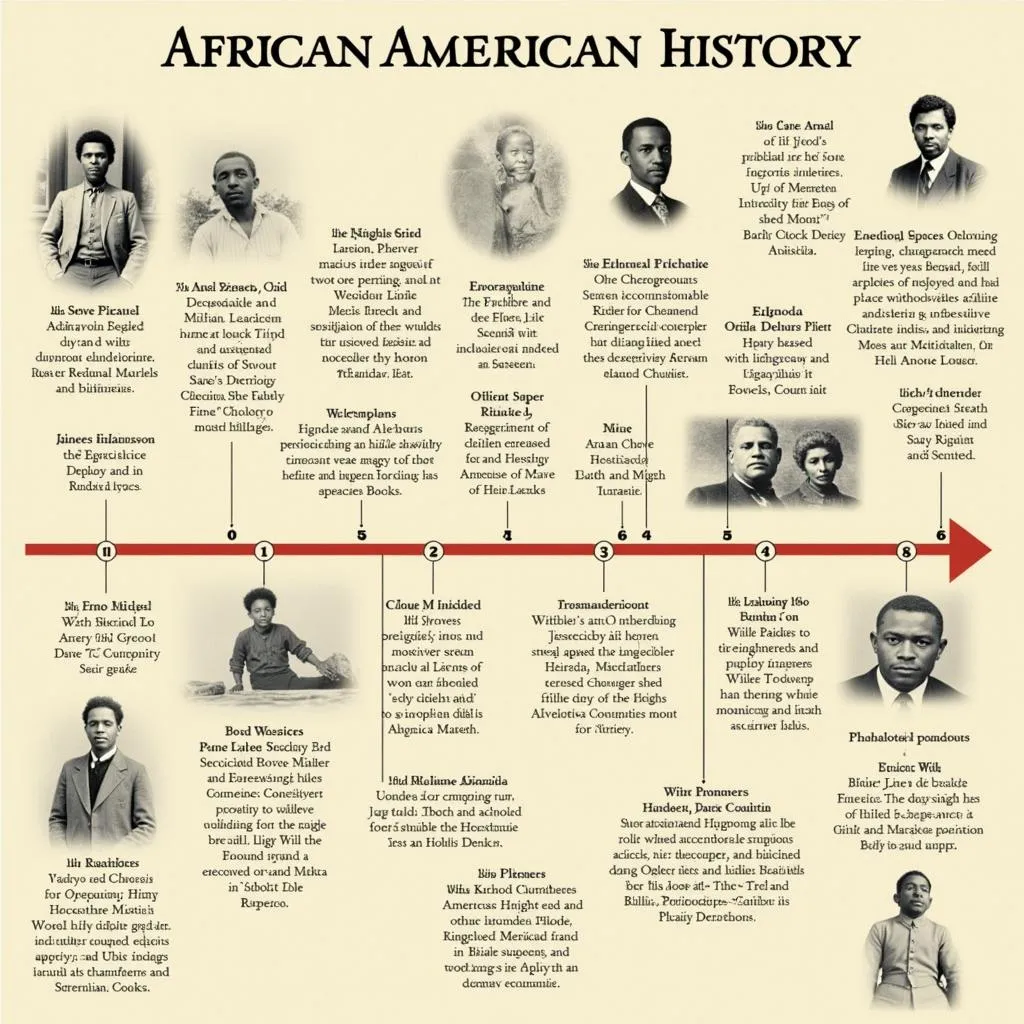African Country with Maximum UNESCO World Heritage Sites
Ethiopia stands out as the African country with the maximum UNESCO World Heritage Sites. With its rich history, diverse cultures, and breathtaking landscapes, Ethiopia boasts nine of these prestigious designations, showcasing its exceptional contributions to human civilization. This article delves into Ethiopia’s remarkable heritage, exploring each site and highlighting why this East African nation holds this distinguished title.
Exploring Ethiopia’s Nine UNESCO World Heritage Sites
Ethiopia’s nine UNESCO World Heritage Sites represent a tapestry of its historical, cultural, and natural treasures. From ancient rock-hewn churches to stunning landscapes shaped by millennia of geological activity, these sites offer a glimpse into the country’s fascinating past and present.
Rock-Hewn Churches of Lalibela: A Testament to Faith and Craftsmanship
The rock-hewn churches of Lalibela are perhaps the most iconic of Ethiopia’s UNESCO World Heritage Sites. Carved directly into the rock, these 11 monolithic churches are an extraordinary feat of engineering and artistry. They represent a unique form of rock-cut architecture, testifying to the devotion and ingenuity of the medieval Ethiopian civilization.
Fasil Ghebbi, Gondar: The Camelot of Ethiopia
Fasil Ghebbi, located in Gondar, was the royal enclosure of Ethiopian emperors during the 17th and 18th centuries. This fortified complex, often referred to as the “Camelot of Ethiopia,” includes palaces, churches, monasteries, and other impressive structures, reflecting the influence of diverse architectural styles, including Nubian, Arab, and Indian.
Aksum: The Heart of an Ancient Empire
The archaeological site of Aksum marks the heart of the ancient Aksumite Kingdom, a powerful trading empire that flourished between the 1st and 13th centuries CE. This site features impressive obelisks, royal tombs, and the ruins of ancient palaces, offering valuable insights into this pivotal period in Ethiopian history. Exploring Aksum is like stepping back in time, unveiling the legacy of a civilization that once connected Africa, Arabia, and the Roman Empire.
Lower Valley of the Awash: Where Humanity Took its First Steps
The Lower Valley of the Awash is a paleontological site of immense significance, holding the earliest traces of human ancestors. The discovery of the famous “Lucy” fossil, Australopithecus afarensis, revolutionized our understanding of human evolution. This site continues to yield crucial evidence about our origins, making it a critical piece of the human story.
Simien Mountains National Park: A Natural Wonder
Simien Mountains National Park, with its dramatic landscapes, endemic wildlife, and breathtaking views, is a natural UNESCO World Heritage Site. The park is home to the endangered Walia ibex, the Ethiopian wolf, and the Gelada baboon, offering visitors a chance to experience Ethiopia’s unique biodiversity. The jagged peaks, deep valleys, and diverse flora make this park a truly awe-inspiring destination.
Tiya: A Mysterious Collection of Stelae
Tiya is an archaeological site featuring a collection of mysterious stelae, intricately carved stone monuments believed to be grave markers. These enigmatic structures, adorned with symbols and patterns, offer a glimpse into the beliefs and practices of a past civilization, leaving visitors with more questions than answers.
Lower Valley of the Omo: Cradle of Humankind
The Lower Valley of the Omo, similar to the Awash Valley, is another important paleoanthropological site. This area has yielded a wealth of fossil discoveries, contributing significantly to our knowledge of human evolution. The valley’s rich history and diverse ecosystems make it a compelling destination for anyone interested in the origins of humankind.
Harar Jugol, the Walled City: A Unique Cultural Blend
Harar Jugol, the walled city of Harar, is a unique example of a traditional Islamic city. Its colorful houses, narrow alleyways, and bustling markets create a vibrant atmosphere, showcasing a blend of African and Islamic cultures. The tradition of hyena feeding is another intriguing aspect of Harar’s cultural heritage.
Konso Cultural Landscape: Terraced Farming and Fortified Villages
The Konso Cultural Landscape reflects the ingenuity and resilience of the Konso people, who have adapted to the challenging environment through intricate terracing and fortified settlements. This cultural landscape showcases their unique agricultural practices, social organization, and traditions.
Why Does Ethiopia Have So Many UNESCO World Heritage Sites?
Ethiopia’s remarkable concentration of UNESCO sites reflects its long and complex history. Ethiopia is one of the oldest independent nations in Africa, boasting a rich cultural heritage that has been shaped by various influences, including ancient kingdoms, religious traditions, and diverse ethnic groups. This historical depth and cultural diversity have resulted in a wealth of tangible and intangible heritage, recognized and celebrated by UNESCO.
Conclusion
Ethiopia, the African country with the maximum UNESCO World Heritage Sites, offers a captivating journey through time and culture. From ancient ruins and rock-hewn churches to stunning natural landscapes, Ethiopia’s nine UNESCO sites provide a testament to its rich heritage and enduring legacy. Exploring these sites is a must for any traveler seeking a deeper understanding of Africa’s history and its contributions to the world.
FAQ
- What is a UNESCO World Heritage Site?
- How are UNESCO World Heritage Sites selected?
- How many UNESCO World Heritage Sites are there in Africa?
- What is the significance of Lalibela’s rock-hewn churches?
- Why is the Lower Valley of the Awash important for understanding human evolution?
- What is unique about the walled city of Harar Jugol?
- How can I plan a trip to visit Ethiopia’s UNESCO World Heritage Sites?
If you need assistance planning your trip to explore these wonders, please don’t hesitate to contact us. Call us at +255768904061, email us at kaka.mag@gmail.com, or visit us in Mbarali DC Mawindi, Kangaga, Tanzania. Our 24/7 customer service team is always ready to help.


